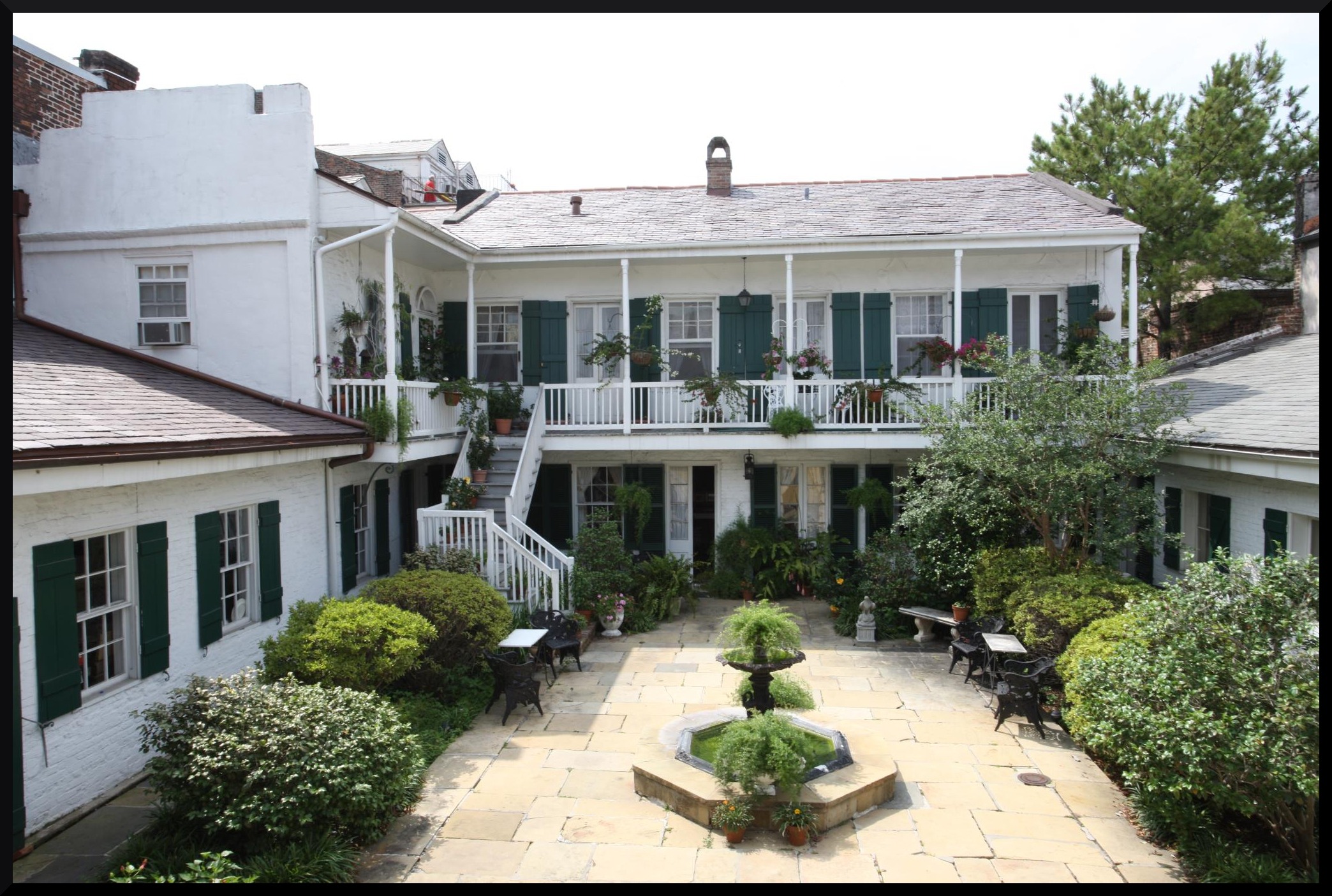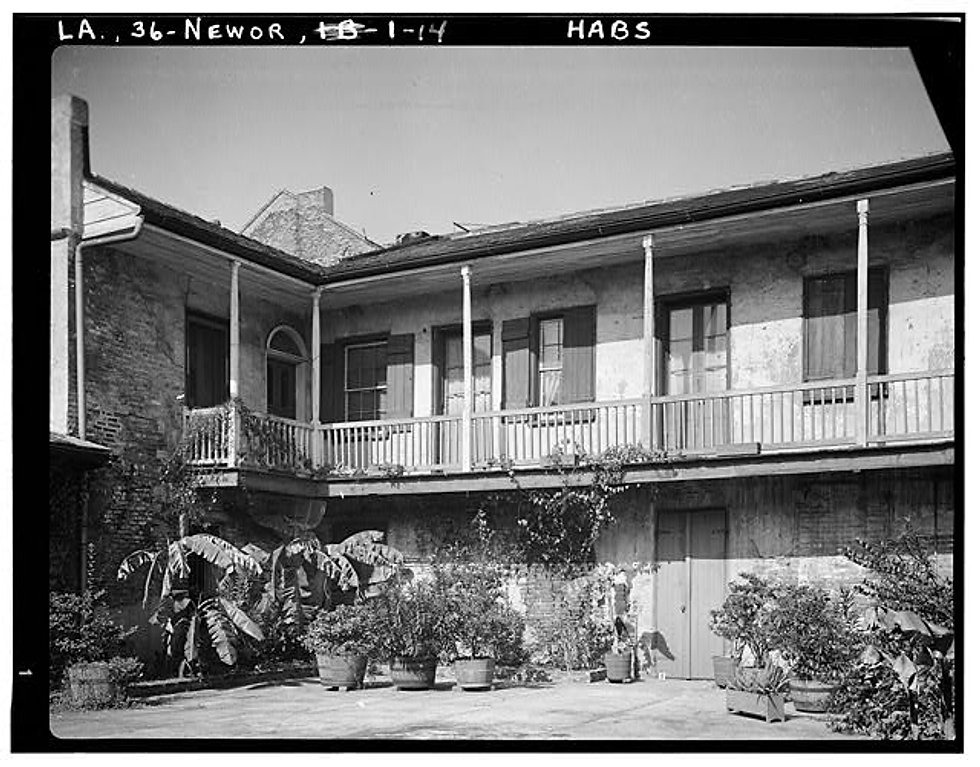The property at 1113 Chartres Street, now known as the Beauregard-Keyes House, was built in New Orleans in 1826. Slavery was legal in Louisiana until 1864 and much of the state’s wealth to that point was dependent upon an economy that employed human bondage.* The first three families who owned this property–LeCarpentier, Merle and Andry/Garidel–did own and rely on the labor of enslaved people. Enslaved individuals at BK House lived in the second floor of the quarters in the rear of the courtyard, a four-room dwelling which still stands today. As enslaved people in Louisiana, like elsewhere in the American south, were rarely taught to read or write, personal records recounting the experiences of the enslaved who lived and worked at 1113 Chartres Street likely do not exist. There are, however, a number of documents that record their existence and give at least a hint of insight into the lives and experiences of the many people who lived at what is now the BK House as a result of a system of oppression.
*The vast majority of enslaved people in Louisiana were of African (or African/Native American) descent, as was the case at BK House. New Orleans, unlike other areas of the south, also had a prosperous community of antebellum free people of color, or, gens de couleur libres. This is mentioned here because there were likely a number of free people of color associated with the BK House and research is also being conducted to explore these connections.
A very special thank you to Dr. Annie Doucet, instructor of French at Tulane University & Chiara Azzaretti and Jaclyn Maraldo, current Ph.D. candidates in Tulane University’s Ph.D. Program in French Studies. The many hours they spent providing staff at BK House with high-quality translation work was indelible to this project. Special thanks, also, to Jayme Songy, a summer intern in 2018, who provided valuable help with transcriptions and organizing of our research findings.




